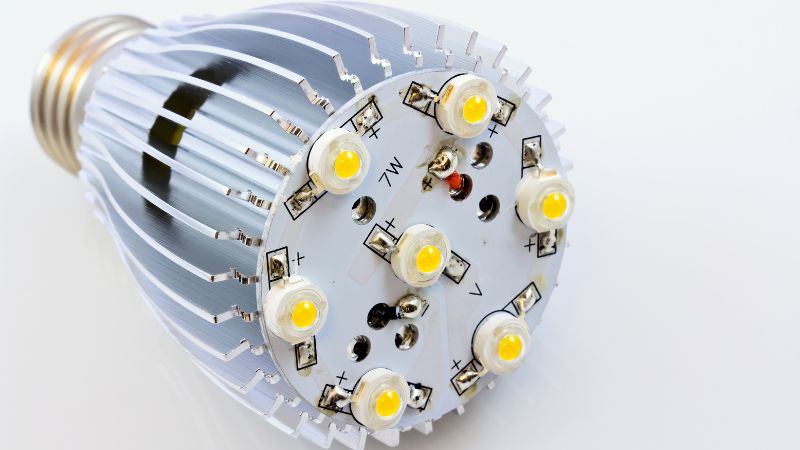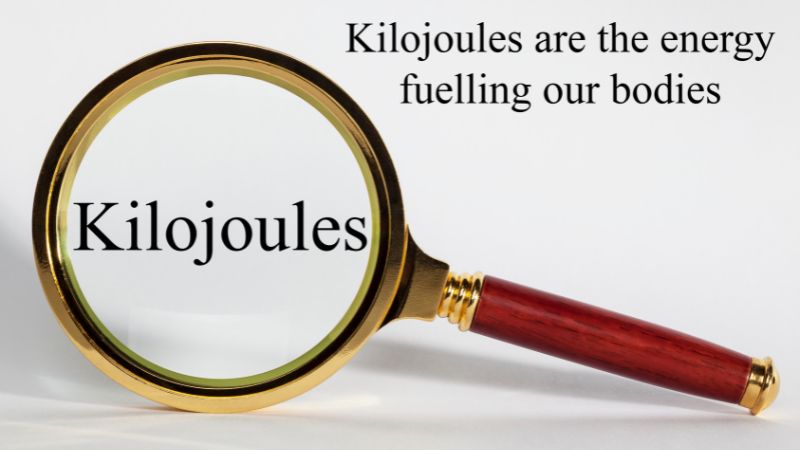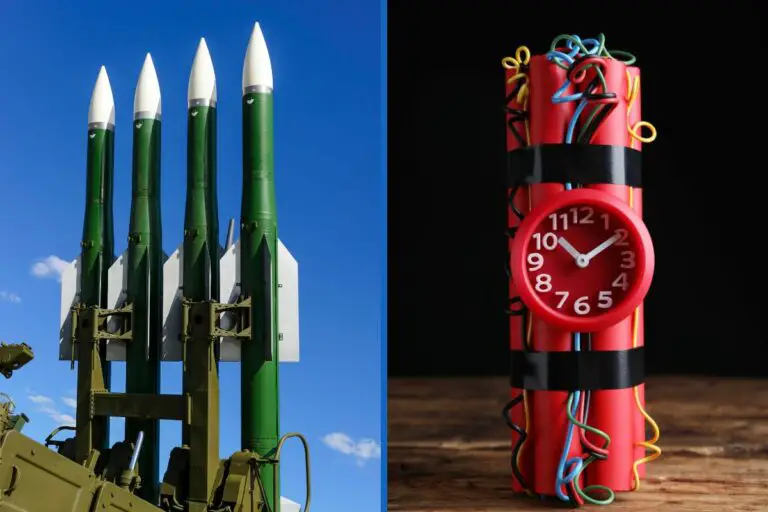Watts vs Joules: Exploring Key Differences (With table)
I remember the first time I heard the words “watt” and “joule” in my physics class. It was hard to understand the differences between these units. But I’ve learned a lot about them since then. Now, I’m excited to share what I know with you.
The main difference between a watt and a joule is that a watt is a unit of power, which signifies the rate of energy transfer or consumption, while a joule is a unit of energy itself, denoting the amount of energy transferred or work done.
But hold on, there’s more to this story! Keep reading to delve deeper into the exciting world of energy units and get a better understanding of these essential scientific terms.
Watt
Description
Watt is a unit of power in the International System of Units (SI), named after James Watt, a Scottish engineer.
Essentially, the watt measures how much energy is used or produced over a certain amount of time. This is usually used to quantify the rate of energy transfer.
Historical Context
The term “watt” was named after James Watt, an 18th-century Scottish inventor and mechanical engineer. Watt is well-known for his significant improvements to the steam engine, an innovation that played a pivotal role during the Industrial Revolution.
The unit “watt” was first adopted by the Second Congress of the British Association for the Advancement of Science in 1889, nearly a decade after Watt’s death, to honor his contributions to the field of engineering.
Examples of Usage
Watt is ubiquitously used to measure power. For example, light bulbs are typically rated in watts to denote the amount of electricity they’ll consume when lit. Appliances like microwaves, heaters, and air conditioners also have wattage ratings.

Even in the tech world, devices like computers, servers, and data centers are rated in watts, which indicates their power consumption and heat generation.
Purpose and Relevance
Understanding the wattage of a device or system is critical for many reasons.
For instance, it can inform us of how much electricity a device will consume, helping consumers to manage energy costs and environmental impacts.
In engineering and manufacturing, it’s essential to know a device’s power rating to ensure safety and efficiency.
Characteristics
The watt is defined as one joule per second, aligning power (watts) with energy (joules) and time (seconds).
It falls under the category of derived units in the SI system, which are units defined in terms of base SI units. In the case of the watt, these base units are kilogram, meter, and second.
Joule
Description
Joule is a derived unit of energy, work, or amount of heat in the International System of Units.
Named after the English physicist James Prescott Joule, it represents the energy transferred when a force of one newton moves an object one meter.
Historical Context
The unit “joule” was named in honor of James Prescott Joule, a 19th-century English physicist and brewer, famous for his work on the nature of heat and its relationship to mechanical work.
This led to the law of conservation of energy, which, in turn, led to the development of the first law of thermodynamics. The joule was established as a unit of energy in the late 19th century by the International Electrotechnical Commission.
Examples of Usage
Joules are widely used to quantify energy in various fields. For example, in physics and engineering, the energy of a moving object or stored in a battery is typically measured in joules.

In the world of food and nutrition, the energy content of food is often expressed in kilojoules (kj) or megajoules (mj). The energy released in chemical reactions, such as combustion, is also measured in joules.
Purpose and Relevance
The concept of joule as a unit of energy is essential across several areas. In engineering, understanding the energy involved in processes can help optimize efficiency and performance.
In the fields of nutrition and exercise, counting energy in joules or calories can assist in managing body weight and health. And in natural sciences, joules can quantify the energy in natural phenomena, such as weather patterns or geological movements.
Characteristics
The joule is defined as the energy expended or work done by a force of one newton moving an object one meter along the direction of the force. This ties together energy (joules), force (newtons), and distance (meters), all of which are key concepts in the field of physics.
Main Differences between Watt and Joule
Here is a summary of the main differences between Watt and Joule:
| Watt | Joule | |
|---|---|---|
| Unit Type | Power | Energy |
| Named After | James Watt | James Prescott Joule |
| Measurement | Energy transfer rate | Energy, work, or heat |
| Defined As | One joule per second | Energy transferred when a force of one newton moves an object one meter |
Understanding the Differences
Watt and joule, though used in similar contexts, are fundamentally different types of units. While both have their roots in physics and energy, a watt is a measure of power, and a joule is a measure of energy.
Role in Energy Measurement
When we talk about watts, we’re discussing the rate of energy transfer, or how fast energy is being used or produced. On the other hand, joules measure the actual amount of energy, work, or heat itself. Hence, a 60-watt bulb uses energy at a rate of 60 joules per second.
Naming and Historical Context
The units also differ in their namesakes. Watt is named after James Watt, who made significant contributions to the development of the steam engine, while Joule is named after James Prescott Joule, known for his work in establishing the mechanical equivalent of heat.
Relation and Interconversion
In practice, the two units are closely related and often interchangeable with the right context. As mentioned before, a watt is defined as one joule per second. This means that if you know the power of a device in watts and how long it operates, you can calculate the energy used in joules (and vice versa).
Usage in Everyday Life
Both units also differ in their everyday usage. Watts are often used to rate appliances for their power consumption, while joules are commonly used in physics, chemistry, and even nutrition to denote energy content or transfer.






